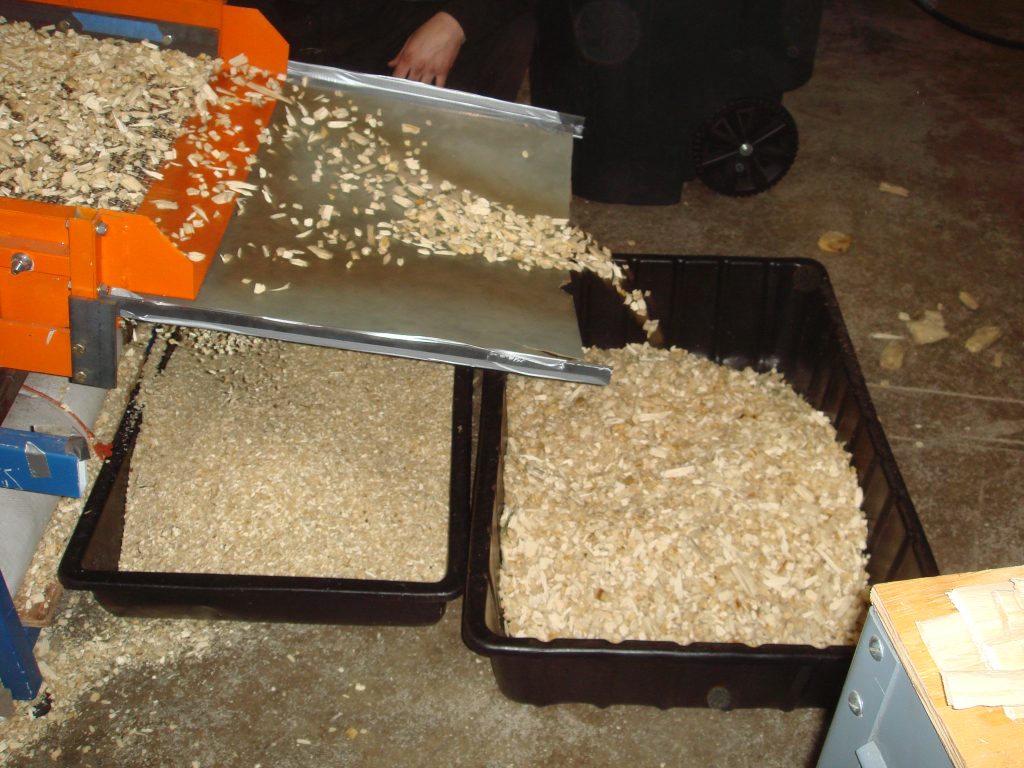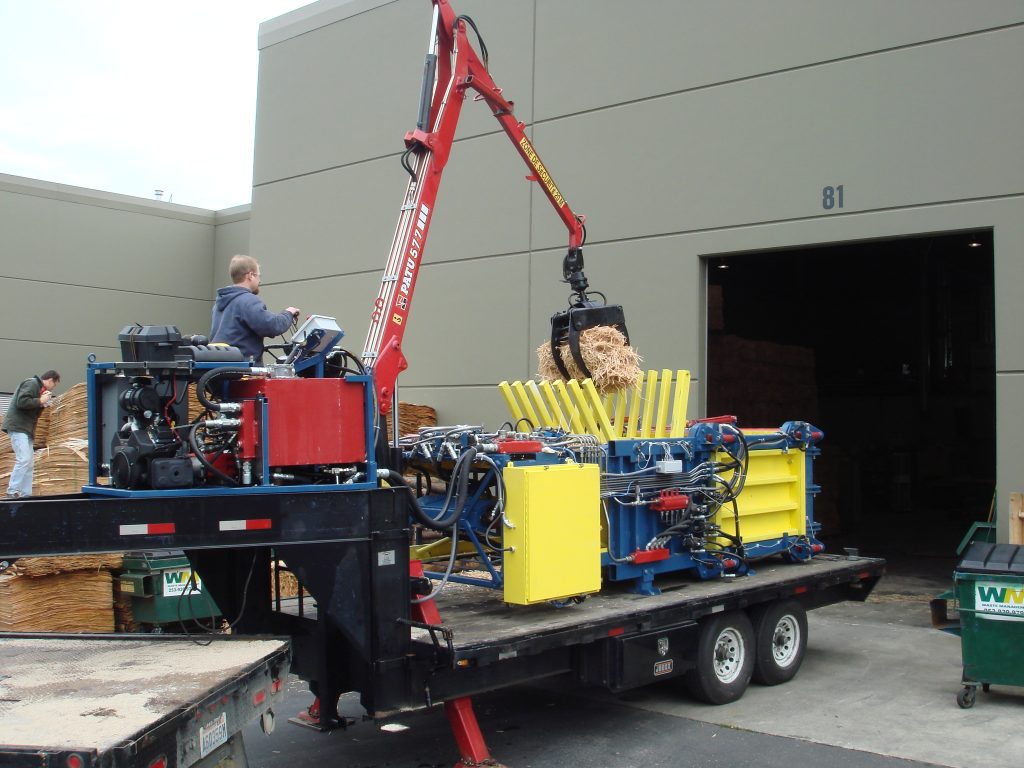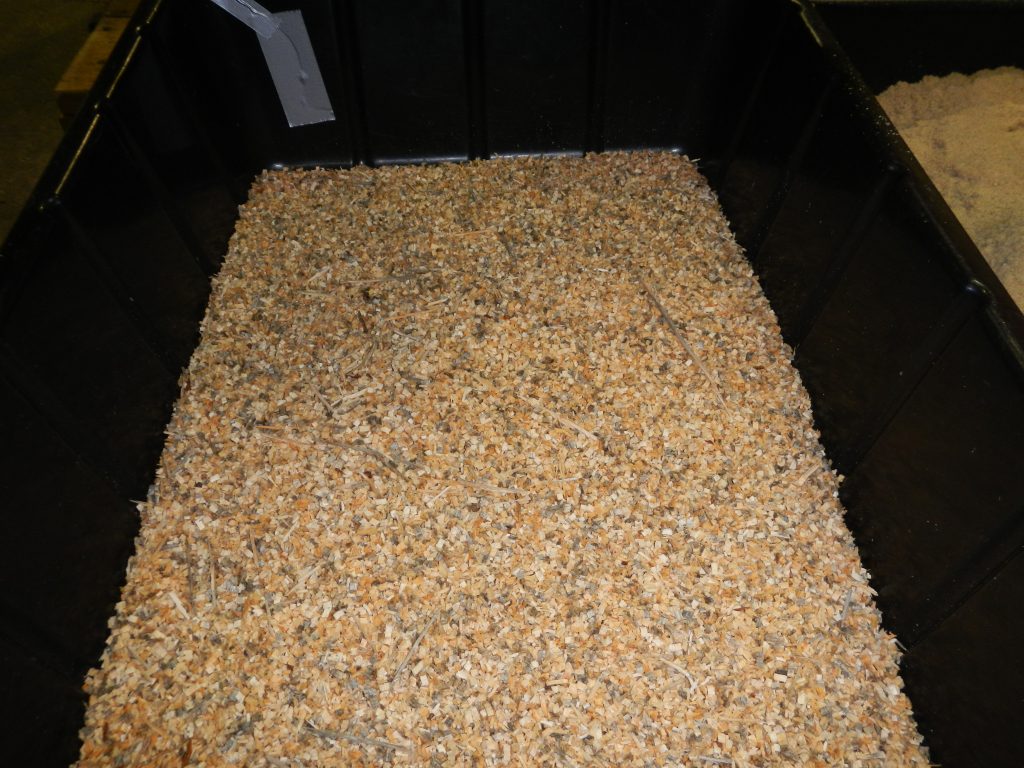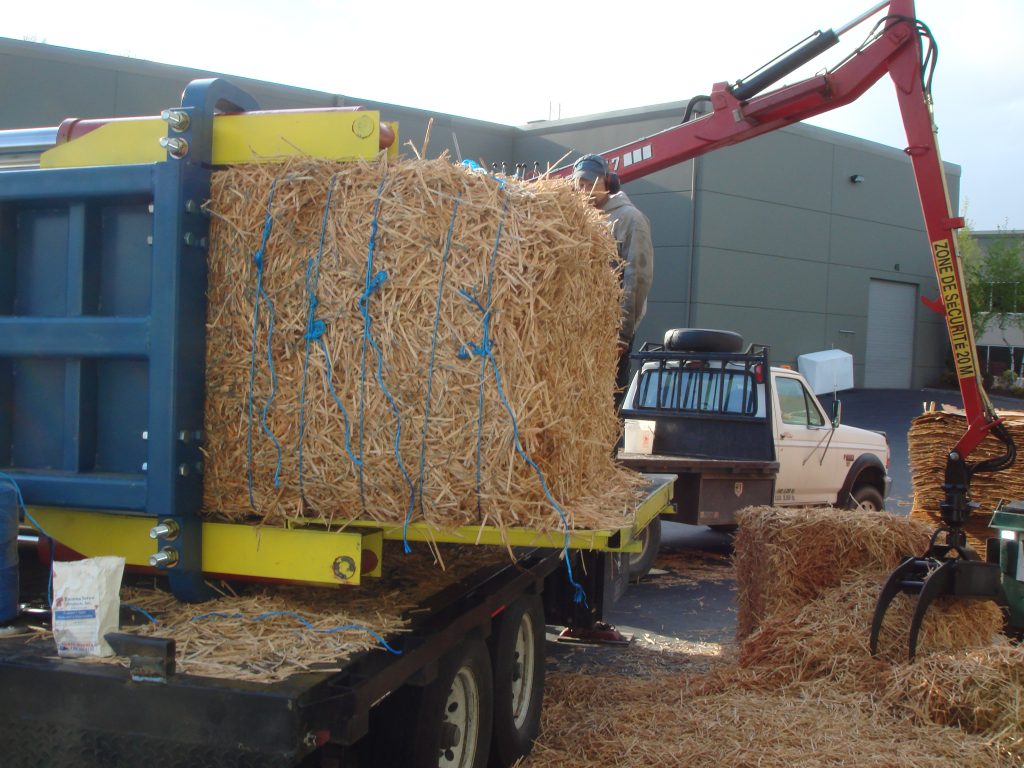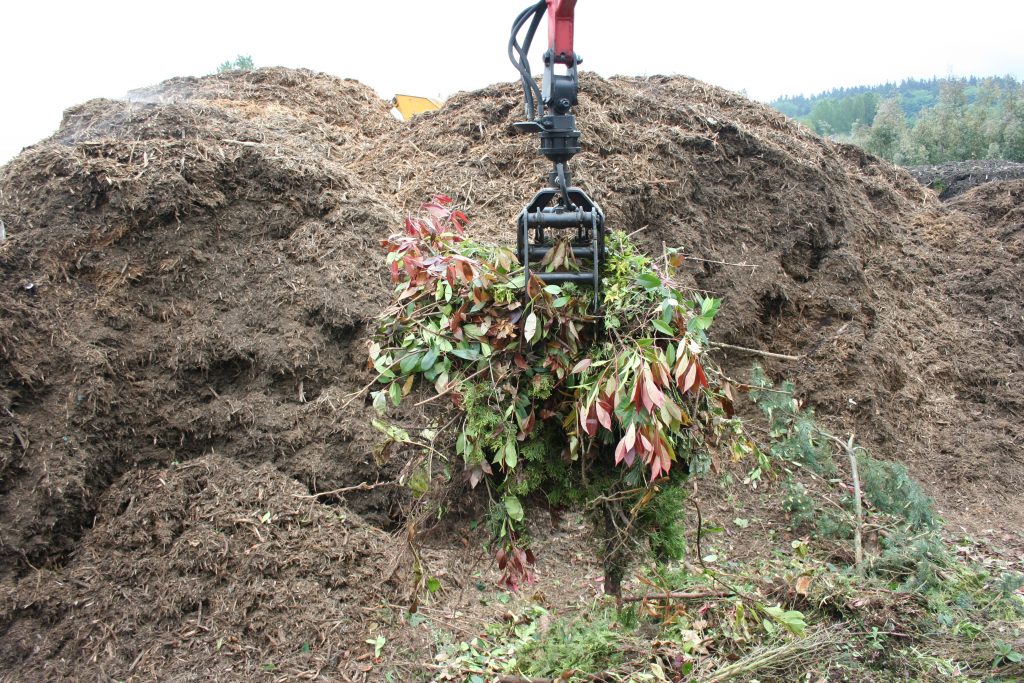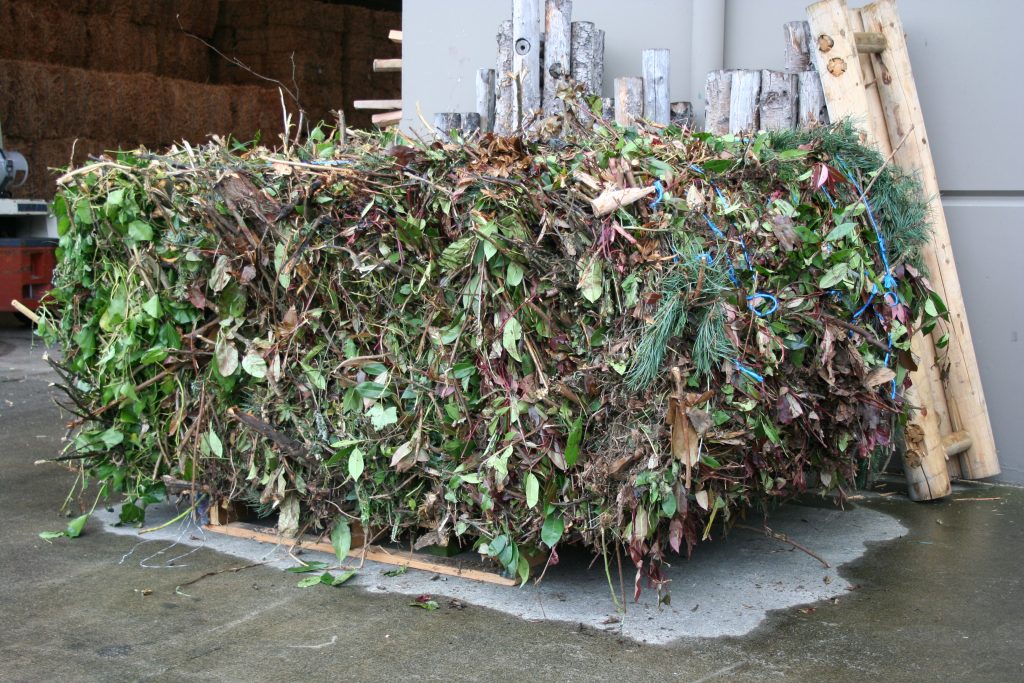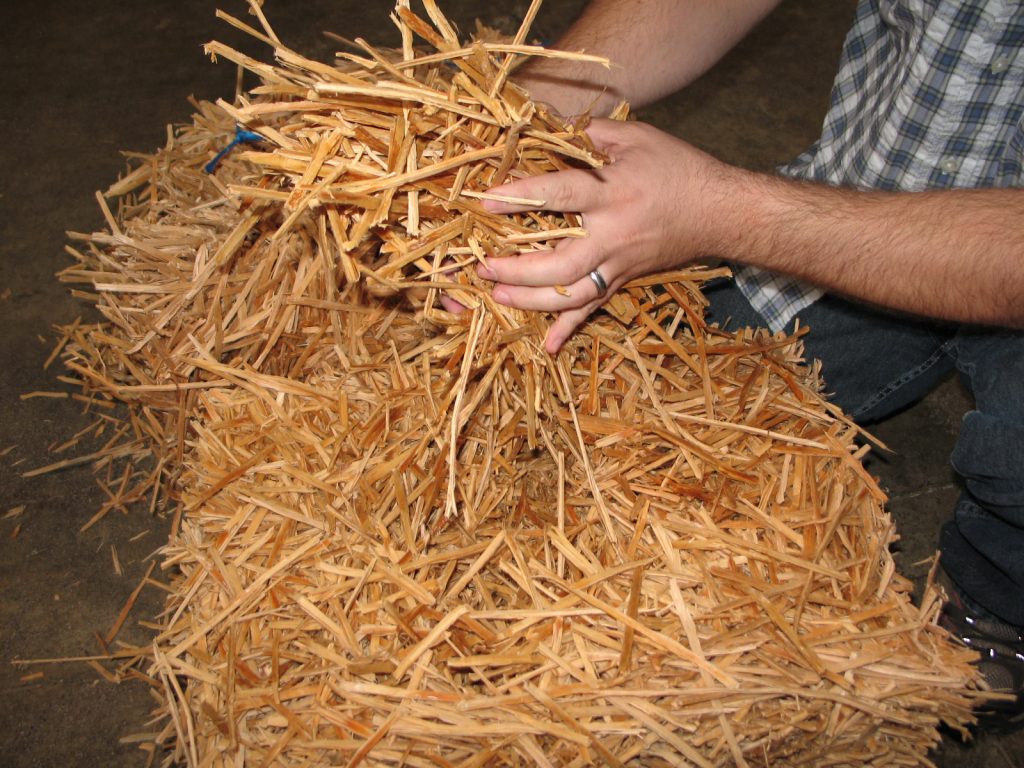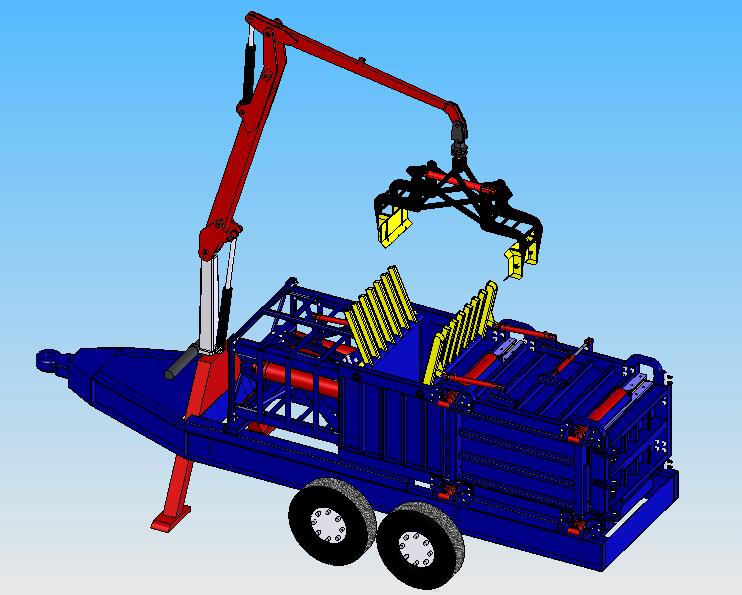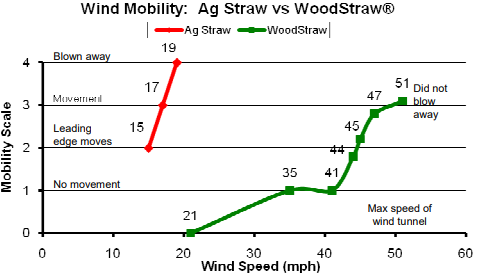Protocol for Assessing Particle Shape of Comminuted Biomass
Abstract Particle shape is increasingly important as a quality parameter for comminuted biomass. Shape affects flowability, pretreatment, rate of conversion, and performance of materials handling systems. This protocol applies to materials that have been subjected to commutation processes including but not limited to chunking, chipping, grinding or milling. Our objective is to enable a uniform […]
Protocol for Assessing Particle Shape of Comminuted Biomass Read More »

